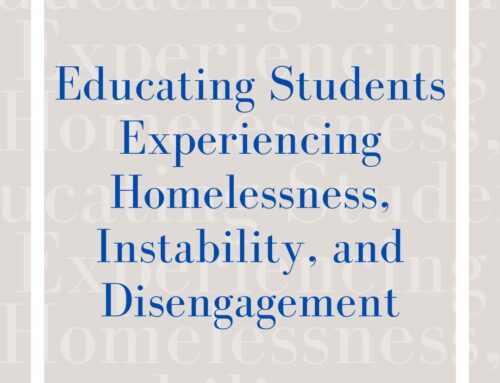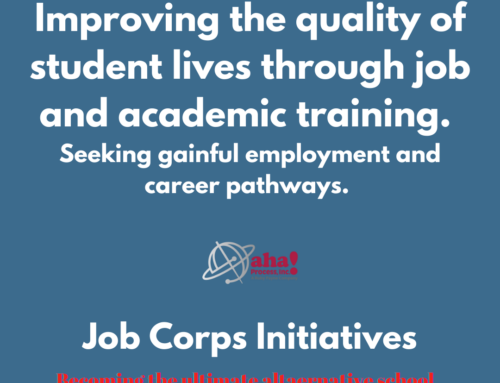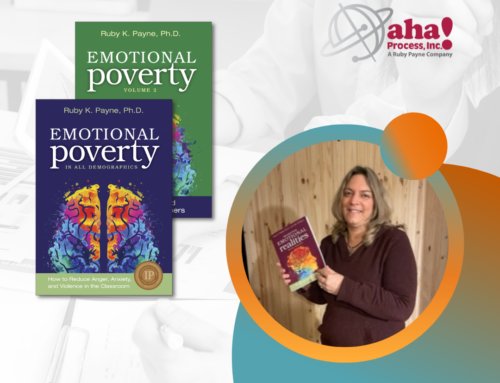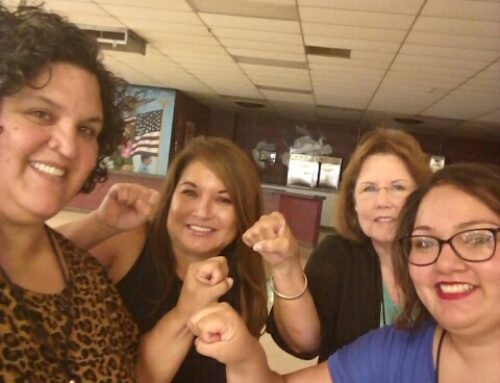By Claire Pentecost
Teachers and administrators are under intense pressure to improve test scores, and we face conflicting goals. On one hand, implementing technology and moving toward a paperless classroom is a worthy goal. Students are motivated by using technology; they are more prepared for real-world research and work, and it even cuts back on the district paper and printing budget. In addition, students should be provided ample opportunities to demonstrate their understanding of the content and skills in multiple ways. In my language arts class, they engage in lively discussions about literature and current issues, they write analyses of how language is used in different types of writing, and they create nonlinguistic representations of their understandings. This barely begins to describe the various reading and writing adventures we take on during the school year.
On the other hand, as far as our employers are concerned, all of our efforts for the school year will be measured by a single paper-and-pencil standardized test given on a single day of the year. For my good-willed, often diligent students with whom I have formed real relationships, all else that they have done during the school year disappears. In the current education culture, it’s as if nothing else even matters. This pressure is enormous for all of us to improve test scores.
What can we do? I am approaching a level of peace with the idea of simply doing what is right by my students, but what about them? What can I do to keep them encouraged and allow them their best opportunity to demonstrate their learning?
I think the general reaction to this pressure on them is simply to give them everything we know to get them to pass that test. We do incorporate all the exercises and content into the course that we know are the right pedagogically, but it’s really about giving them anything—anything!—we have that will allow them to pass.
The question for each of us is: how can I bridge the gap between where they are and where they are expected to be? The relationship of mutual respect is first. “No significant learning occurs without a significant relationship.” I learned this before I even became a teacher from Ruby Payne, who passed it on from Dr. James Comer. Stephen Covey’s deposits and withdrawals are also perfect for maintaining appropriate and helpful relationships with students. (There is an adapted version in Chapter Eight of Framework.) I find that always assuming the best of my students and restarting this every day makes a noticeable difference in the relationship.
We also know that insisting on high expectations and believing that every student has what it takes is of the highest importance, but there is still something else we need. The students need the support to meet those expectations. Just teaching the content and then insisting is not quite enough. They need the emotional support that I can provide. They need me to model for them what it looks like to be in control of my mind and actions, to persevere through mistakes until I succeed, and to reason, to truly think. These are things most of us as educators innately understand and can intentionally transmit to our students.
I find that the relationship and the support are best built with students one-on-one or in very small groups, and this can be so difficult to achieve in the classroom. I want to make more of a priority to schedule this kind of time with each student. How do you accomplish this with your students?








